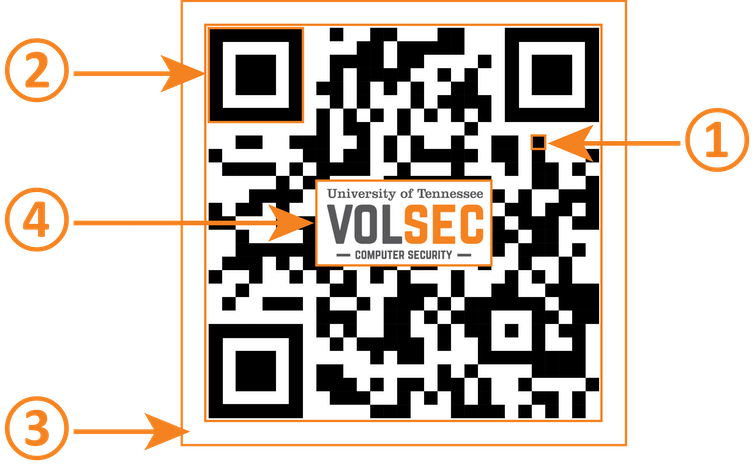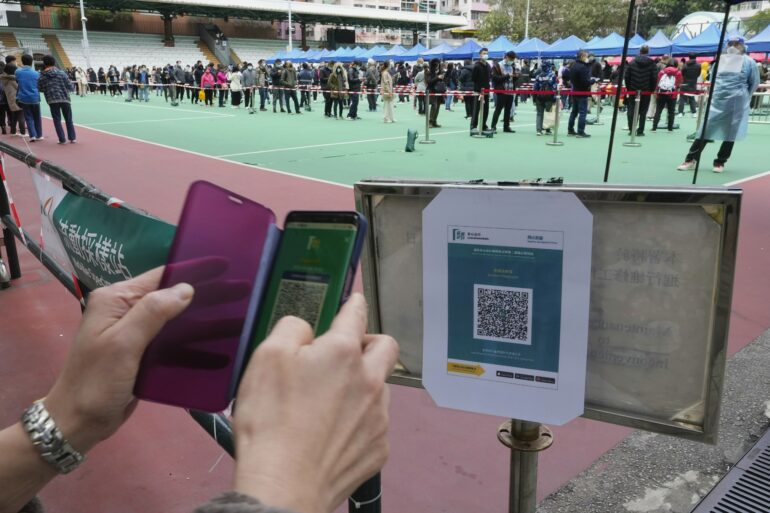Among the many changes brought about by the pandemic is the widespread use of QR codes, graphical representations of digital data that can be printed and later scanned by a smartphone or other device.
QR codes have a wide range of uses that help people avoid contact with objects and close interactions with other people, including for sharing restaurant menus, email list sign-ups, car and home sales information, and checking in and out of medical and professional appointments.
QR codes are a close cousin of the bar codes on product packaging that cashiers scan with infrared scanners to let the checkout computer know what products are being purchased.
Bar codes store information along one axis, horizontally. QR codes store information in both vertical and horizontal axes, which allows them to hold significantly more data. That extra amount of data is what makes QR codes so versatile.
Anatomy of a QR code
While it is easy for people to read Arabic numerals, it is hard for a computer. Bar codes encode alphanumeric data as a series of black and white lines of various widths. At the store, bar codes record the set of numbers that specify a product’s ID. Critically, data stored in bar codes is redundant. Even if part of the bar code is destroyed or obscured, it is still possible for a device to read the product ID.
QR codes are designed to be scanned using a camera, such as those found on your smartphone. QR code scanning is built into many camera apps for Android and iOS. QR codes are most often used to store web links; however, they can store arbitrary data, such as text or images.
When you scan a QR code, the QR reader in your phone’s camera deciphers the code, and the resulting information triggers an action on your phone. If the QR code holds a URL, your phone will present you with the URL. Tap it, and your phone’s default browser will open the webpage.
QR codes are composed of several parts: data, position markers, quiet zone and optional logos.

The QR code anatomy: data (1), position markers (2), quiet zone (3) and optional logos (4).
Scott Ruoti, CC BY-ND
The data in a QR code is a series of dots in a square grid. Each dot represents a one and each blank a zero in binary code, and the patterns encode sets of numbers, letters or both, including URLs. At its smallest this grid is 21 rows by 21 columns, and at its largest it is 177 rows by 177 columns. In most cases, QR codes use black squares on a white background, making the dots easy to distinguish. However, this is not a strict requirement, and QR codes can use any color or shape for the dots and background.
Position markers are squares placed in a QR code’s top-left, top-right, and bottom-left corners. These markers let a smartphone camera or other device orient the QR code when scanning it. QR codes are surrounded by blank space, the quiet zone, to help the computer determine where the QR code begins and ends. QR codes can…



